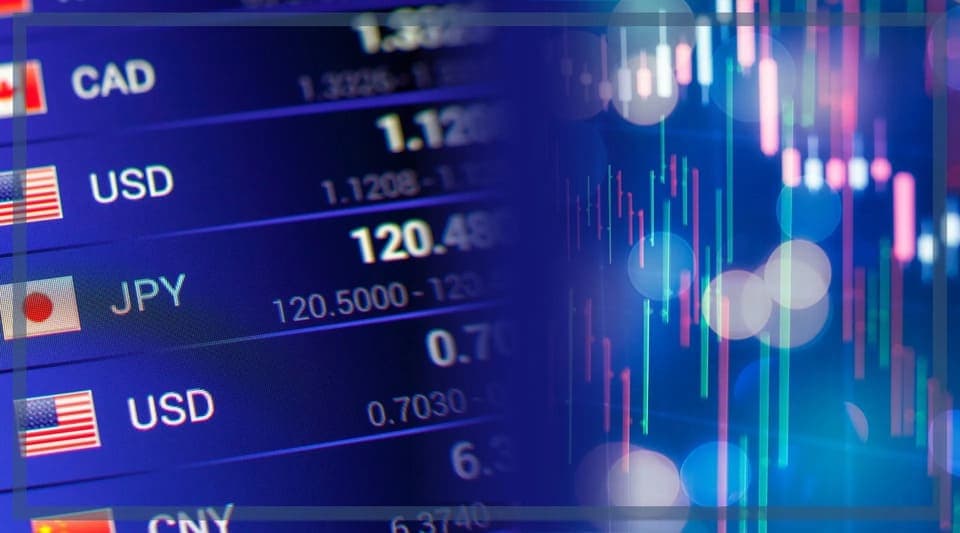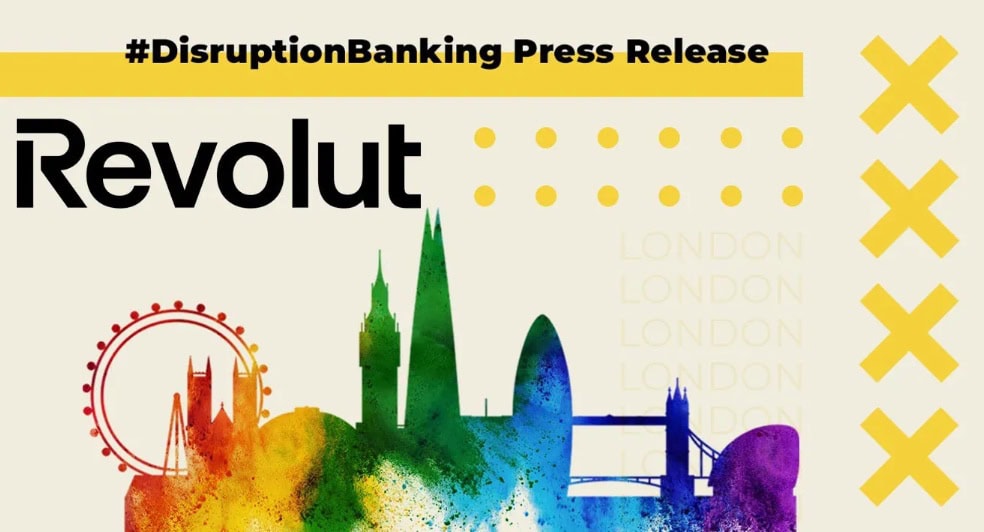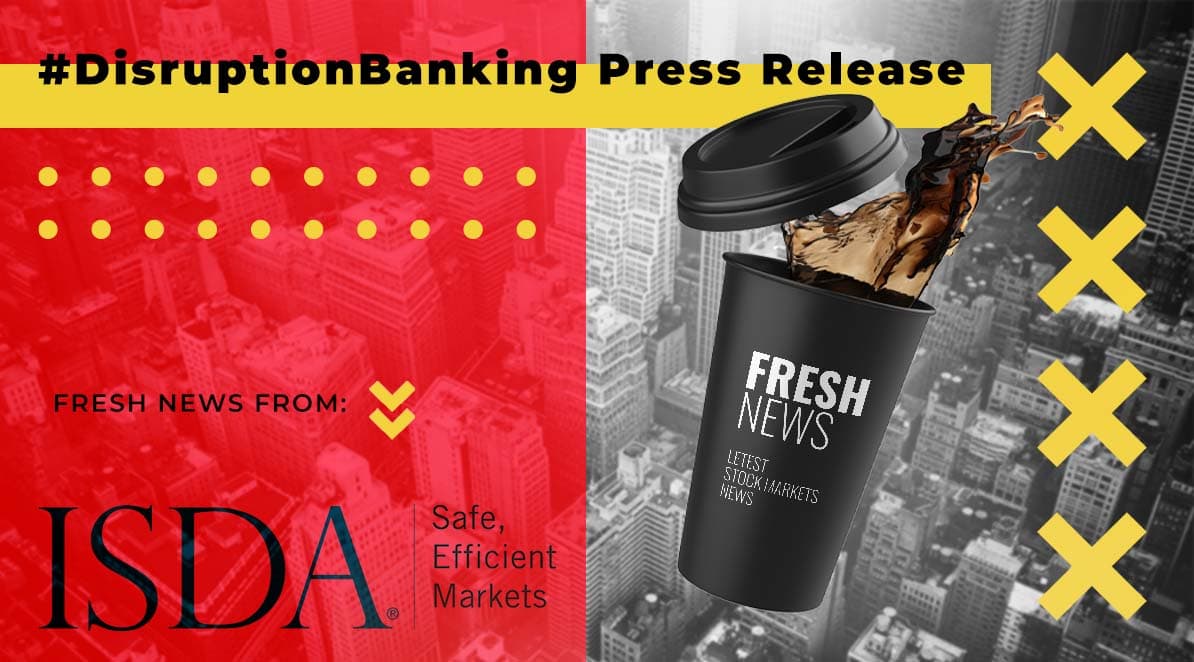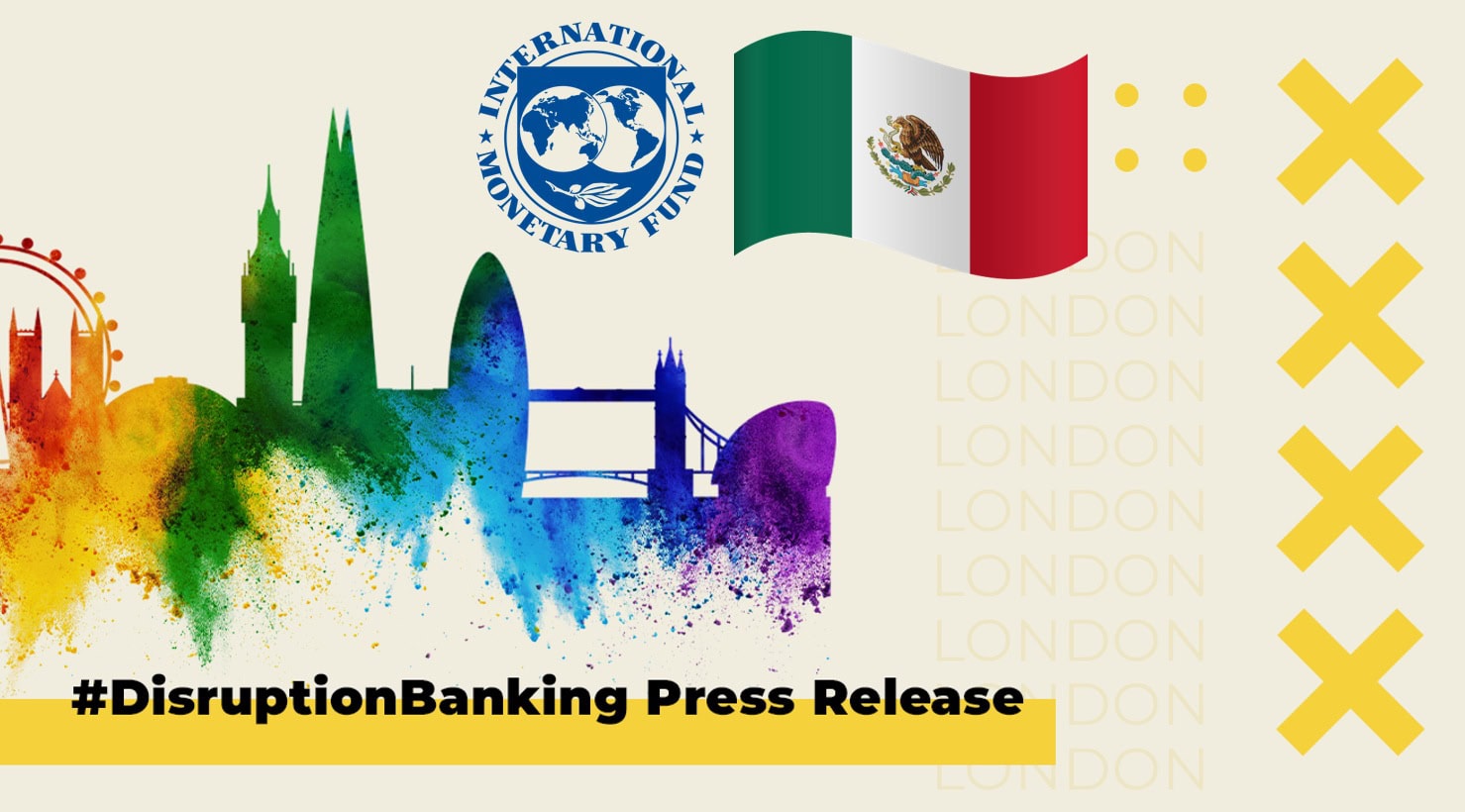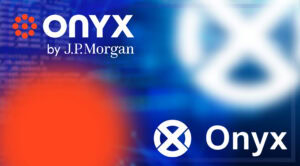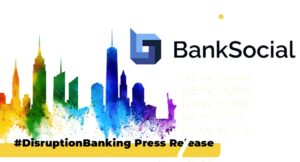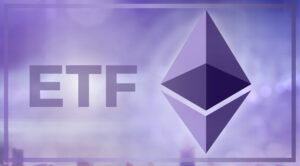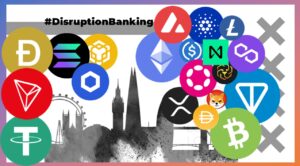Interested in Forex trading but don’t know how and where to start? You’re not alone. When fledgling traders first catch wind of buying and selling currencies, they often get a little too excited and end up very confused.
Forex trading seems big, and it is. But it doesn’t have to be, at least with the right start.
What is Forex Trading
Forex is simply a market where people can swap currencies other than the euro, dollar or yen. You purchase one currency and sell another, in the hopes that you can make a profit when the exchange rates change.
Sounds simple, right?
Well, it can be — if you care to learn the basics. Do that, and you’re just making a guess.
Why Forex Trading Attracts So Many?
- Liquidity – The Forex market is the most liquid market in the world. This means traders can enter and exit trades easily, even with large volumes.
- Accessibility – Forex trading is available 24 hours a day, five days a week, making it accessible for people across different time zones.
- Low Entry Cost – You don’t need thousands of dollars to start trading. Many brokers allow trading accounts with as little as $100.
- Leverage – Forex brokers offer leverage, allowing you to control larger positions with a smaller initial investment.
While all of this sounds exciting, it’s important to understand that the same factors that create opportunities also introduce risks. This is why education and preparation are critical.
Mistake Most Beginners Make
Some of the new traders jump in thinking they will make quick cash. But they miss a crucial first step: learning.
Here’s what you need to know:
- Currency pairs: You’re always trading one currency against another (such as USD/JPY).
- Pips: This is how we measure small moves in price.
- Leverage: This makes it possible to trade in a larger amount of money than you have on the account — but it can be dangerous if you don’t know what you are doing.
And it all starts sounding confusing.
This is where a useful resource can really help you out — and I always recommend EarnForex. It’s a site that provides free learning materials and tools to get you deeper into forex and understand how it really works.
Common Forex Trading Strategies
Forex traders often use plans to help them trade. Here are some popular ones:
1. Scalping
Scalpers look for tiny gains from fast trades. They open and close many trades in a day, each lasting seconds or a few minutes.
2. Day Trading
Day traders buy and sell on the same day. They avoid keeping trades overnight and use charts to spot quick trends.
3. Swing Trading
Swing traders keep trades for days or weeks, watching for middle-term trends. They look at both charts and news.
4. Position Trading
This is a long-term plan, with trades held for weeks or months. It needs strong news analysis and seeing where money is going.
Each plan has good and bad sides. Traders pick one based on risk, time, and skill.
The Smart Way to Start (Step-by-Step)
If you’re serious about Forex but still unsure, here’s how I suggest starting:
Step 1: Start Reading
Spend a few days reading basic guides from EarnForex.
Don’t rush. Just understand the concepts — pips, spreads, leverage, and lot sizes.
Step 2: Use the Tools
Try the calculators. Play with numbers. Understand how lot size and pip value affect your profit/loss.
Step 3: Open a Demo Account
This is a free account with fake money — but real market conditions. Practice there. Make mistakes. Learn from them.
Step 4: Create a Trading Plan
Decide how much you’ll risk per trade. Choose a strategy (like day trading or swing trading). Stick to your rules.
Step 5: Go Live Slowly
Once you’re comfortable and confident, deposit a small amount and start trading live — with a cool head and a clear plan.
Why I Recommend EarnForex
I personally love EarnForex because it is straight forward, useful and suitable for beginners.
Here’s what to expect:
- Guides simple enough for the newbies.
- Free calculators to help you estimate your trades.
- A crisp design that doesn’t inundate you with scads of info at once.
They explain everything in plain English — no jargon, no sales pitches.
Free Tools That Actually Help
There are two instruments from EarnForex that I found very useful when I was new:
Position Size Calculator
This is the tool that helps you figure out how much money to put at risk in a trade. It helped keep me from going all out and blowing up my account.
Pip Value Calculator
It indicates how much profit or loss you’ll make from each move of the underlying asset’s price. This is super helpful when you’re still practicing.
These are tools that provide you with control and clarity — both of which are must-haves for any trader.
Don’t be in a Hurry — It Will Happen in Time
Forex is not a race. It’s a process. You need to:
- Learn how the market works.
- Practice using demo accounts.
- Understand risk management.
I didn’t trade at all for a month when I first began. I just learned. I applied tools, read articles and observed how prices jockeyed. That month of learning saved me a bunch of beginner struggles.
Don’t look at Forex like a lottery.
It’s a skill — just like learning to drive, cook, or code. If you treat it with respect, and take time to learn, you’ll be way ahead of most people.
Conclusion
Trading forex can be profitable but also risky. Knowledge, discipline, and the smart use of tools is the key to success. EarnForex is a useful resource, no matter if you are just starting or want to level up.
They provide free, high quality educational materials and practical trading tools, which makes them a go to platform for traders wanting to learn and grow.
Trading is a marathon not a sprint, remember that. If you are patient, willing to learn and have someone knowledgeable to guide you, you can develop a solid foundation in the Forex market.


